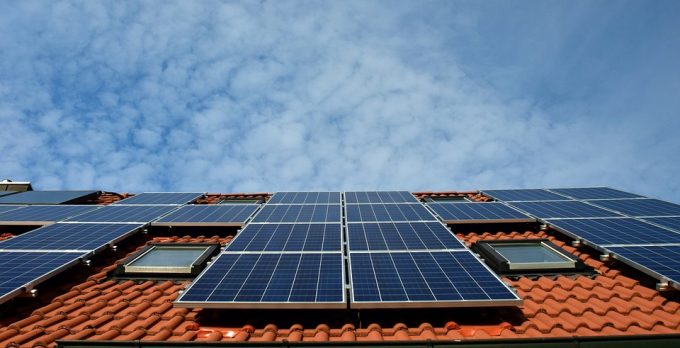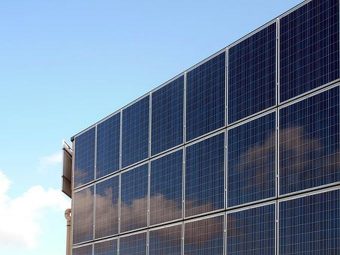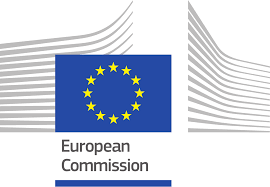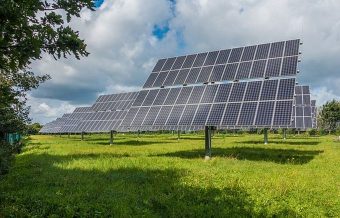
SunPower and Total’s Pelican solar project will supply 42% of the subway system’s electricity needs, and a wind plant will supply another 18%.
Today SunPower, Total and Chilean President Michelle Bachelet announced a solar project that will supply 42% of the electricity used by the subway system in Santiago, Chile.
SunPower plans to begin construction on the Pelican solar plant near the border of the Coquimbo and Atacama Regions this year, and complete the plant by the end of 2017. The plant will supply an estimated 300 gigawatt-hours of electricity annually to the metro under a power purchase agreement.
SunPower will design and build the plant using its Oasis Power Block modular system. The company will additionally provide operations and maintenance services using its robotic cleaning solution, which it says will reduce water usage.
In addition to the Pelican solar project, the Santiago metro will also be powered by the new San Juan wind project, which will provide another 18% of the system’s electricity needs. Together, the two projects will meet 60% of the metro’s electricity demand for powering trains, lighting stations and other needs.
Investment in these two renewable energy projects will total be around US$500 million.
These projects will enter into service in 2018 and supply the metro for 15 years. During this time the remaining 40% of the system’s electricity will be supplied by Chilean electric company Chilectra. 2.5 million Chileans use the Santiago metro every day, according to President Bachelet.
“It is an example which hopefully we can extend, as quickly as possible, to other private and public companies, and certainly to our global energy mix as in our nation,” stated President Bachelet. The announcement was made during a visit to the National Stadium station, which is under construction.
With this initiative, Chile seeks to contribute to the CO2 reduction goals passed this last year in the United Nations Climate Change Conference in Paris.
In Chile there are currently 3 GW-AC of non-conventional renewable energy plants, a definition which excludes large hydro, in operation. Of these, 1.1 GW-AC are PV projects.
Source: pv-magazine.com


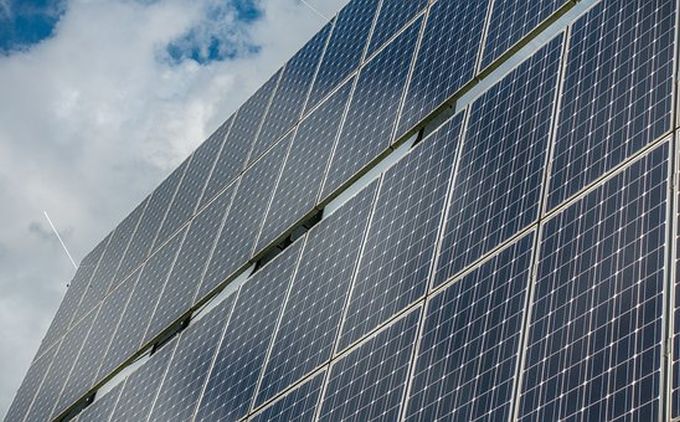
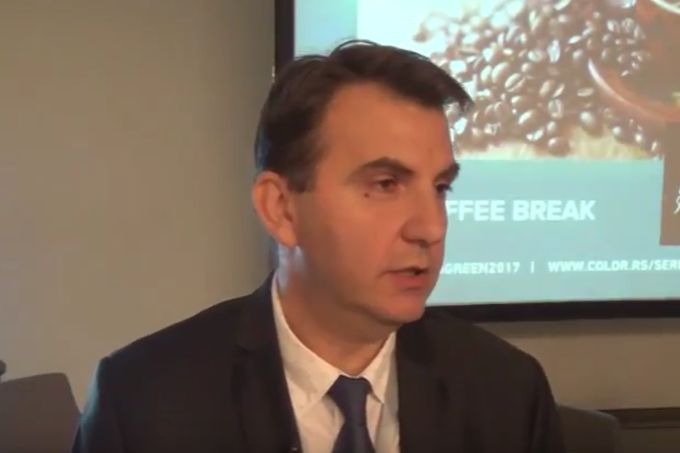
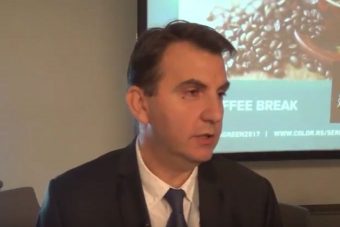

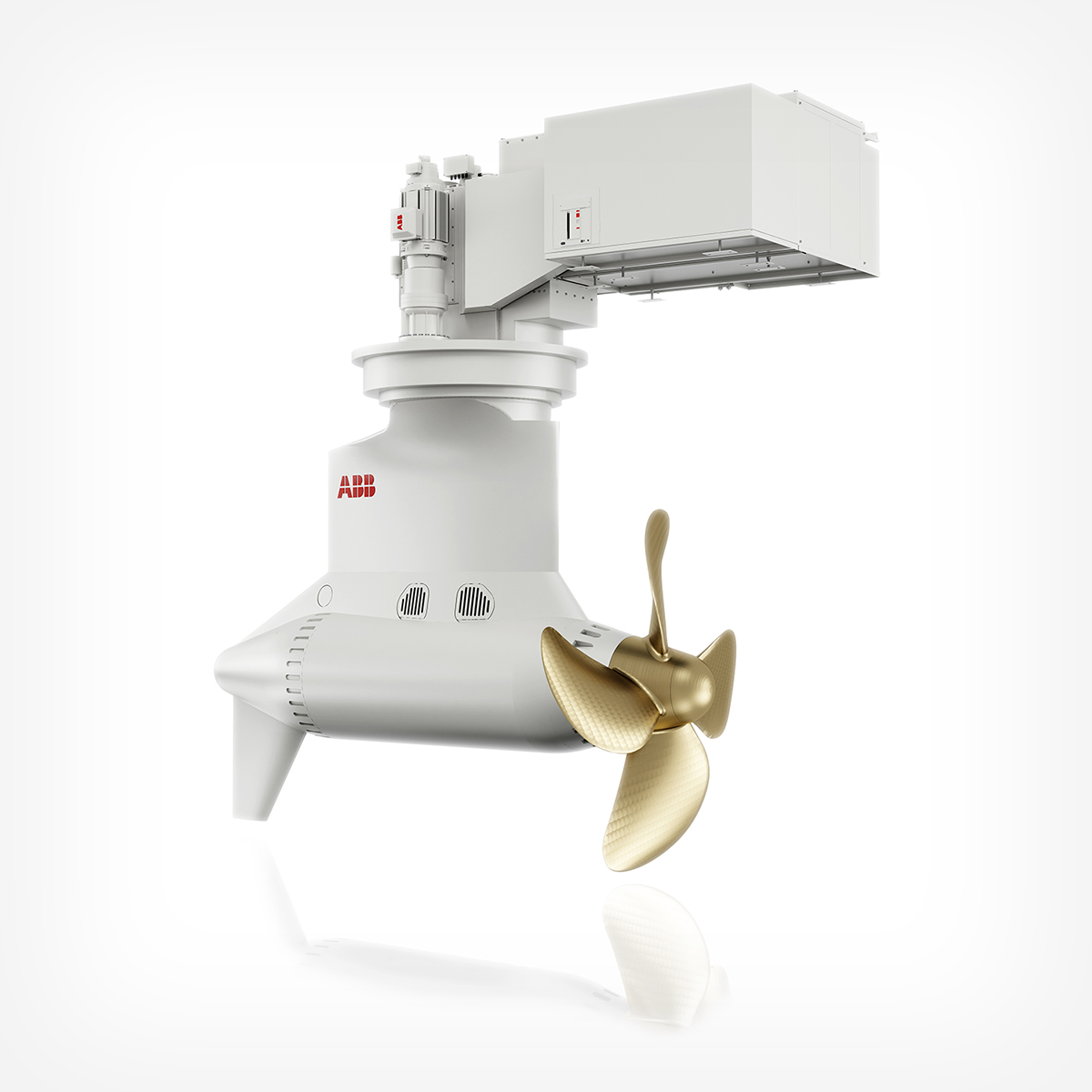

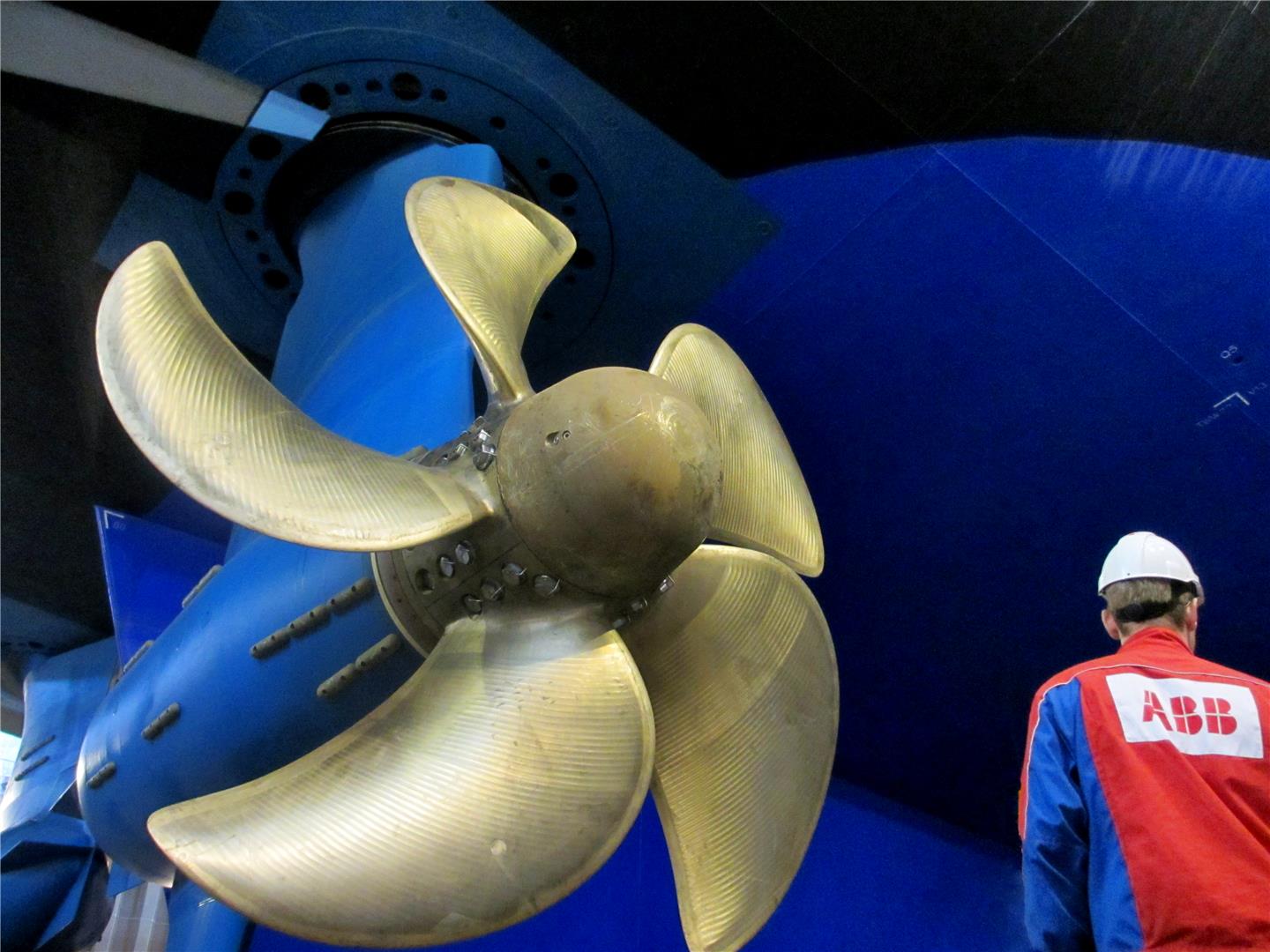
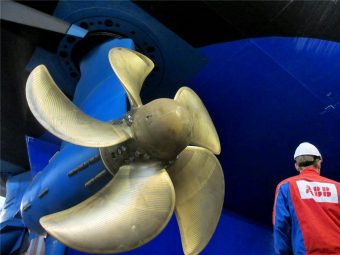 Zurich, Switzerland, May 24, 2016 – ABB’s environmental friendly Azipod propulsion system brings greater fuel efficiency to diverse shipping segments.
Zurich, Switzerland, May 24, 2016 – ABB’s environmental friendly Azipod propulsion system brings greater fuel efficiency to diverse shipping segments.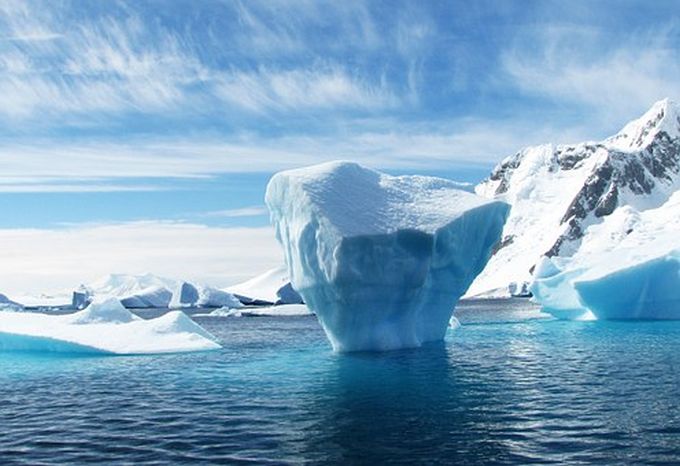

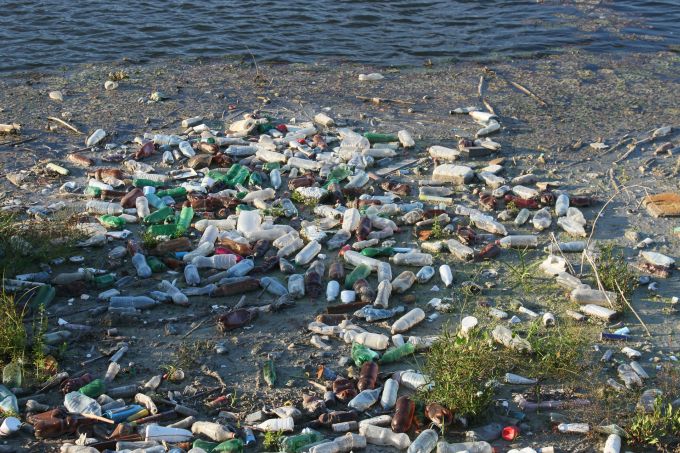
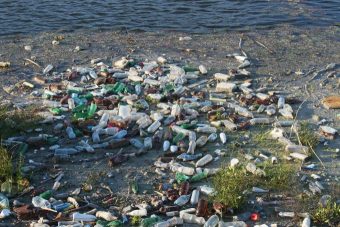

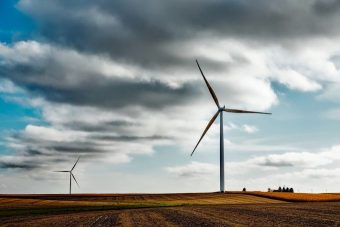
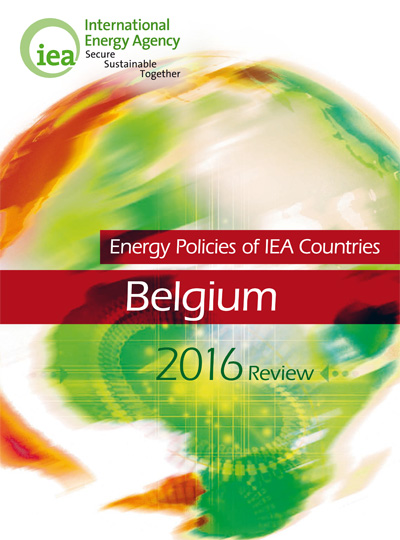
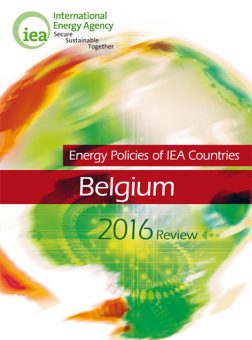 Belgium should adopt a national long-term energy strategy without delay, the International Energy Agency (IEA) said today, stressing that such a plan was required to respond to the challenge of decarbonising the economy while ensuring security of supply and affordability of energy. Speaking at the launch of an IEA review of Belgium’s energy policies, IEA Executive Director Fatih Birol encouraged Belgium’s federal and regional governments to work decisively together. “Our review rings alarm bells due to the lack of private-sector investment in the electricity sector,” Dr. Birol commented. “Government efforts to mobilise investment should include an electricity market design that ensures a viable business model for power generation. And to avoid a lack of generation capacity in the medium term, Belgium could consider operating their nuclear power plants as long as they are certified to be safe by the regulator.”
Belgium should adopt a national long-term energy strategy without delay, the International Energy Agency (IEA) said today, stressing that such a plan was required to respond to the challenge of decarbonising the economy while ensuring security of supply and affordability of energy. Speaking at the launch of an IEA review of Belgium’s energy policies, IEA Executive Director Fatih Birol encouraged Belgium’s federal and regional governments to work decisively together. “Our review rings alarm bells due to the lack of private-sector investment in the electricity sector,” Dr. Birol commented. “Government efforts to mobilise investment should include an electricity market design that ensures a viable business model for power generation. And to avoid a lack of generation capacity in the medium term, Belgium could consider operating their nuclear power plants as long as they are certified to be safe by the regulator.”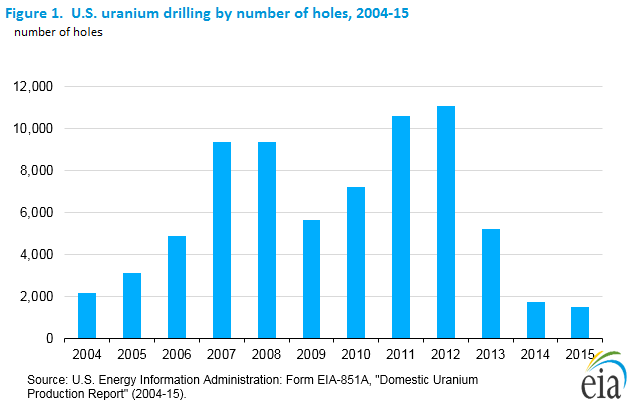
 U.S. uranium mines produced 3.7 million pounds U3O8 in 2015, 24% less than in 2014. One underground mine produced uranium ore during 2015, one less than during 2014. Uranium ore from underground mines is stockpiled and shipped to a mill, to be milled into uranium concentrate (a yellow or brown powder). Additionally, seven in-situ-leach (ISL) mining operations produced solutions containing uranium in 2015, one less than in 2014, that was processed into uranium concentrate at ISL plants. Overall, there were eight mines that operated during part or all of 2015.
U.S. uranium mines produced 3.7 million pounds U3O8 in 2015, 24% less than in 2014. One underground mine produced uranium ore during 2015, one less than during 2014. Uranium ore from underground mines is stockpiled and shipped to a mill, to be milled into uranium concentrate (a yellow or brown powder). Additionally, seven in-situ-leach (ISL) mining operations produced solutions containing uranium in 2015, one less than in 2014, that was processed into uranium concentrate at ISL plants. Overall, there were eight mines that operated during part or all of 2015.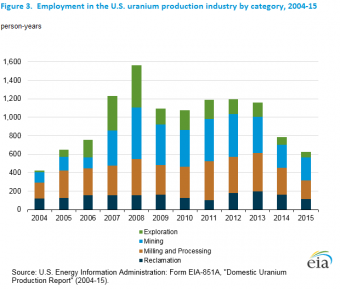 Total employment in the U.S. uranium production industry was 625 person-years in 2015, a decrease of 21% from the 2014 total and the lowest since 2004. Exploration employment was 58 person-years, a 33% decrease compared with 2014. Mining employment was 251 person-years, and increased 2% from 2014. Milling and processing employment was 200 person-years, a 32% decrease from 2014. Reclamation employment decreased 28% to 116 person-years from 2014 to 2015. Uranium production industry employment for 2015 was in 9 States: Arizona, Colorado, Nebraska, New Mexico, Oregon, Texas, Utah, Washington, and Wyoming.
Total employment in the U.S. uranium production industry was 625 person-years in 2015, a decrease of 21% from the 2014 total and the lowest since 2004. Exploration employment was 58 person-years, a 33% decrease compared with 2014. Mining employment was 251 person-years, and increased 2% from 2014. Milling and processing employment was 200 person-years, a 32% decrease from 2014. Reclamation employment decreased 28% to 116 person-years from 2014 to 2015. Uranium production industry employment for 2015 was in 9 States: Arizona, Colorado, Nebraska, New Mexico, Oregon, Texas, Utah, Washington, and Wyoming.
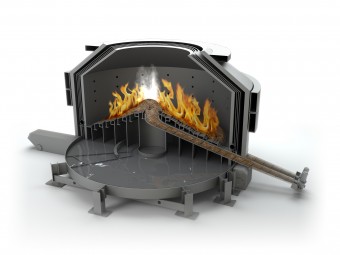 Stora Enso Wood Products Ltd and KPA Unicon have signed a contract of a biomass-fired hot water boiler plant delivery to Stora Enso sawmill in Honkalahti, Finland. The output of the new Unicon Biograte boiler plant will be 17.7 MWth. The new boiler plant will utilize bark and other wood residues from the Honkalahti sawmill as fuel, and it will produce hot water to the sawmill´s drying kilns. The new biomass boiler plant is scheduled to be in operation in August 2017. This is a turnkey delivery excluding civil and foundation works.
Stora Enso Wood Products Ltd and KPA Unicon have signed a contract of a biomass-fired hot water boiler plant delivery to Stora Enso sawmill in Honkalahti, Finland. The output of the new Unicon Biograte boiler plant will be 17.7 MWth. The new boiler plant will utilize bark and other wood residues from the Honkalahti sawmill as fuel, and it will produce hot water to the sawmill´s drying kilns. The new biomass boiler plant is scheduled to be in operation in August 2017. This is a turnkey delivery excluding civil and foundation works.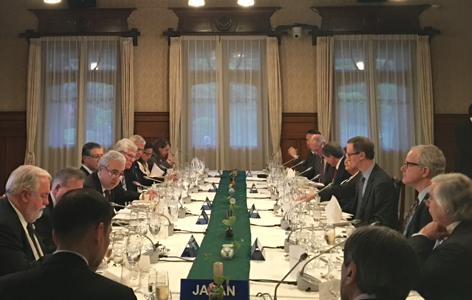
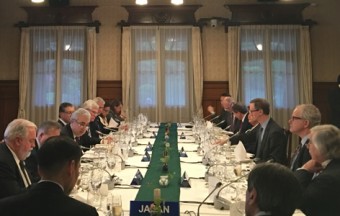 IEA Executive Director Fatih Birol urged investment in high-quality and innovative energy infrastructure when he delivered a keynote address on the first day of the G7 Energy Ministerial 2016 meeting in Kitakyushu, Japan. In his remarks on 1 May, Dr. Birol focused on the importance of energy investment for global growth and to meet climate objectives while ensuring secure and affordable energy supply. “Energy choices made today will have profound implications for many years to come,” he said. “We cannot afford to look only one or two years down the road. Your policy decisions will impact long-term economic performance, energy security and of course, our chances of successfully tackling climate change.”
IEA Executive Director Fatih Birol urged investment in high-quality and innovative energy infrastructure when he delivered a keynote address on the first day of the G7 Energy Ministerial 2016 meeting in Kitakyushu, Japan. In his remarks on 1 May, Dr. Birol focused on the importance of energy investment for global growth and to meet climate objectives while ensuring secure and affordable energy supply. “Energy choices made today will have profound implications for many years to come,” he said. “We cannot afford to look only one or two years down the road. Your policy decisions will impact long-term economic performance, energy security and of course, our chances of successfully tackling climate change.”

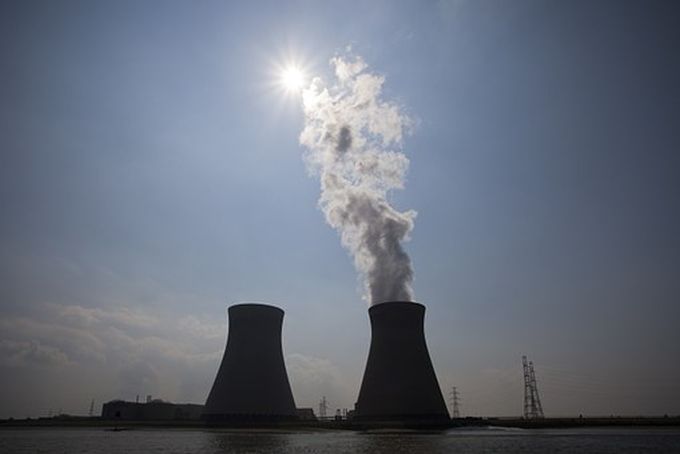

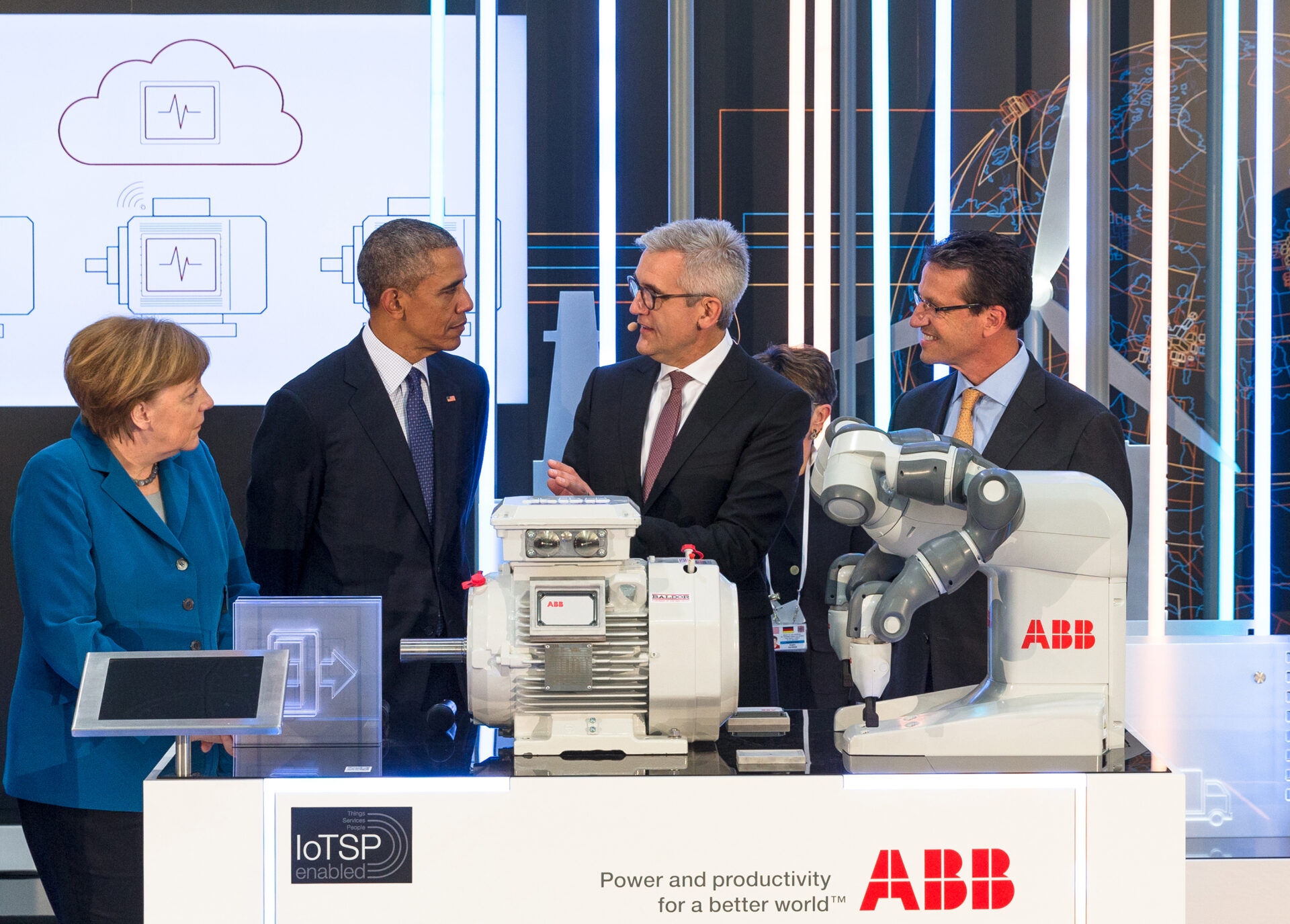
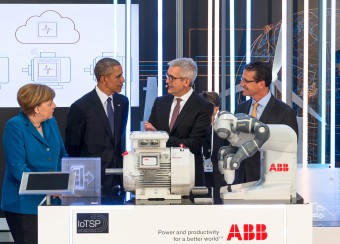 German Chancellor Angela Merkel and US President Barack Obama were among the first to experience a ground-breaking new smart sensor from ABB during their visit to the Hanover Fair on Monday.
German Chancellor Angela Merkel and US President Barack Obama were among the first to experience a ground-breaking new smart sensor from ABB during their visit to the Hanover Fair on Monday.